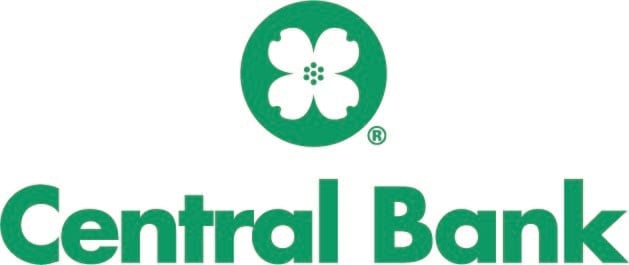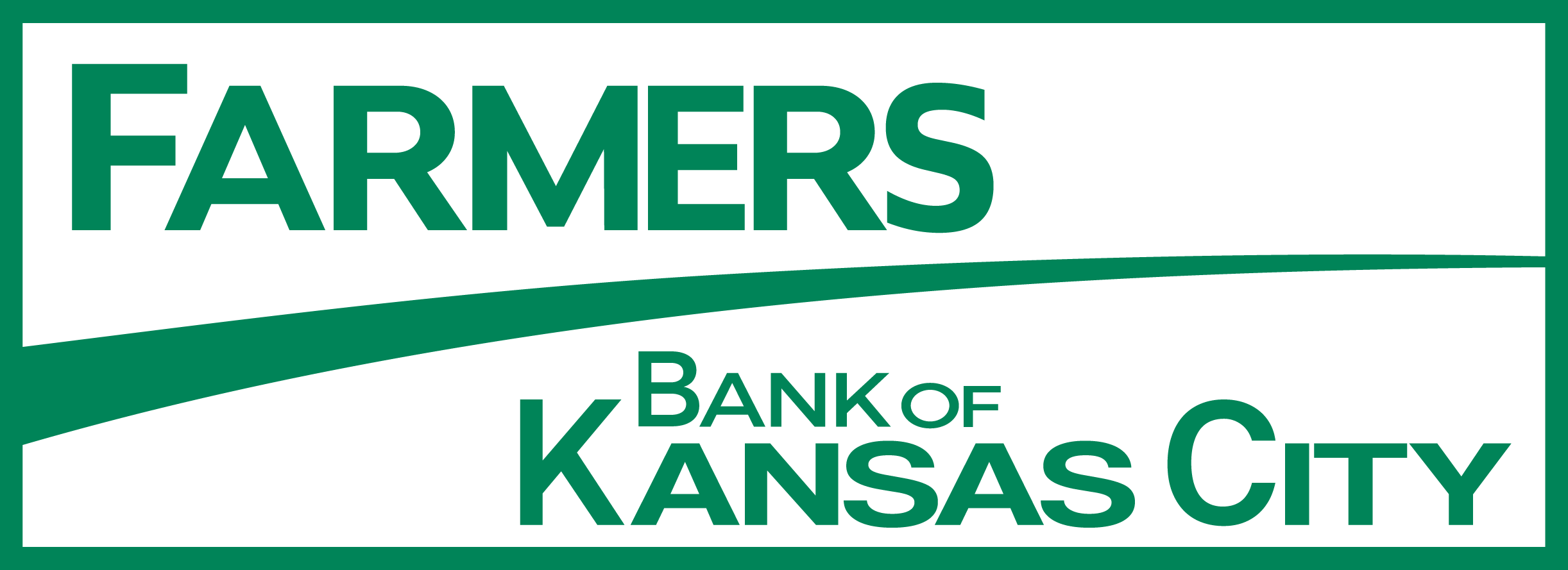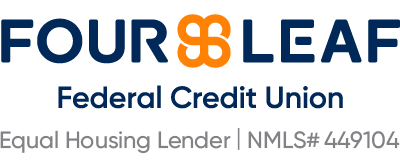Compare Today's 30-Year Fixed Mortgage Rates
Many or all of the products on this page are from partners who compensate us when you click to or take an action on their website, but this does not influence our evaluations or ratings. Our opinions are our own.

- About this lenderPros
- Special program offers a pricing break for first first-time home buyers.
- Offers financing options for self-employed borrowers and those without Social Security numbers.
- Interactive mortgage rates tool takes credit score and location into account.
Cons- Purchase loans are not available in all states.
- Doesn’t offer home equity loans or lines of credit.
- No refinancing options are available.

- About this lenderPros
- Borrowers can apply, lock in a rate and receive a commitment letter within one day.
- Offers both HELOCs and home equity loans with a high borrowing limit of 90% CLTV.
- Offers mortgages for manufactured homes, as well as financing for self-employed borrowers.
Cons- No mobile app; customer service is by email or phone only.
- Borrower must provide contact information to see customized rates.
- Does not offer renovation or construction loans.

- About this lenderPros
- Loan origination process can be completed online.
- Offers government-backed FHA and VA loans.
- Offers module that compares mortgage rates among other lenders.
Cons- Offers loans in many states and Washington, D.C., but not nationwide.
- Does not offer home equity loans or lines of credit.


- About this lenderPros
- Offers unique loan types, including construction loans, first-time home buyer programs with down payment assistance and loans for self-employed borrowers.
- Real-time rate quotes available while working with a broker.
- Responsive customer service; loan disclosures available within an hour after completing your application.
- Competitive pricing often available, especially for non-traditional borrowers.
Cons- Does not publish interest rates online.
- No mortgage mobile app.
- Loans are not available in every state.

- About this lenderPros
- Among the best when it comes to online convenience.
- Offers a full selection of mortgage types and products, including jumbo, home equity, and government loans.
- Claims to offer preapproval within 24 hours of loan application.
Cons- You'll have to complete a loan application to see mortgage interest rates.
- Bank branch locations limited to the Midwest.
- Does not offer home equity lines of credit.


- About this lenderPros
- Over 40% of all loans last year were FHA, VA or USDA loans.
- Average mortgage rates are on the lower side, according to the latest federal data.
- Offers 15-, 20-, 25-, and 30-year repayment terms, which is unusually flexible.
Cons- No dedicated mobile app for mortgage borrowers.
- Some loans (including home equity products) are geographically limited.

- About this lenderPros
- Displays customized rates, with fee estimates, without requiring contact information.
- Offers home equity loans and lines of credit.
- Mortgage origination fees are on the low side compared to other lenders, according to the latest federal data.
Cons- Doesn’t offer government-backed FHA or USDA loans, or adjustable-rate mortgages.
- Home renovation loans are not available.
- Mortgage rates are on the high side compared to other lenders, according to the latest federal data.

- About this lenderPros
- Mortgage rates are on the low side compared to other lenders, according to the latest federal data.
- VA loans represent more than a quarter of purchase volume, a larger share than many lenders NerdWallet reviews.
- Offers a variety of loan types for purchase and refinance, including fixed- and adjustable-rate loans and government options
Cons- HELOCs and no-down-payment loans are available only in the Kansas City metro area.
- Mobile app focuses on online banking, not mortgages.
- You’ll need to share contact information to see customized mortgage rates.


- About this lenderPros
- Offers a wide variety of purchase and refinance mortgages, as well as unique buyer assistance programs.
- Its home equity line of credit can be used for a primary residence or second home.
Cons- Average origination fees are on the high side, according to the latest federal data.
- Personalized mortgage rates are not available on the website without providing contact information.


- About this lenderPros
- Offers an online application and loan process updates.
- Offers mortgages for investment properties.
- Makes it easy to browse current rates and get a customized mortgage rate quote.
Cons- Does not offer FHA or VA government-backed loans.
- No renovation mortgage options.


- About this lenderPros
- Specialty loans include financing for co-ops and nonwarrantable condos.
- Offers conventional loans for manufactured homes.
- Highly rated mobile app.
Cons- Interest rates are on the high side, according to the latest federal data.
- Doesn’t offer renovation, construction or USDA loans.
- Can’t get a preapproval online.
About These Rates: The lenders whose rates appear on this table are NerdWallet’s advertising partners. NerdWallet strives to keep its information accurate and up to date. This information may be different than what you see when you visit a lender’s site. The terms advertised here are not offers and do not bind any lender. The rates shown here are retrieved via the Mortech rate engine and are subject to change. These rates do not include taxes, fees, and insurance. Your actual rate and loan terms will be determined by the partner’s assessment of your creditworthiness and other factors. Any potential savings figures are estimates based on the information provided by you and our advertising partners.
Mortgage rate trends (APR)
- 30-year fixed
- 15-year fixed
- 5-year ARM
NerdWallet’s mortgage rate insight
7.002%
30-year fixed-rate“
On Monday, May 12, 2025, the average APR on a 30-year fixed-rate mortgage rose 1 basis point to 7.002%. The average APR on a 15-year fixed-rate mortgage rose 6 basis points to 6.076% and the average APR for a 5-year adjustable-rate mortgage (ARM) fell 3 basis points to 7.272%, according to rates provided to NerdWallet by Zillow. The 30-year fixed-rate mortgage is same as one week ago and 11 basis points lower than one year ago.
A basis point is one one-hundredth of one percent. Rates are expressed as annual percentage rate, or APR.
Current mortgage and refinance rates
| Product | Interest Rate | APR |
|---|---|---|
| 30-year fixed-rate | 6.997% | 7.002% |
| 20-year fixed-rate | 6.816% | 6.821% |
| 15-year fixed-rate | 6.066% | 6.076% |
| 10-year fixed-rate | 5.792% | 5.806% |
| 7-year ARM | 7.166% | 7.135% |
| 5-year ARM | 7.215% | 7.272% |
| 3-year ARM | 6.500% | 7.182% |
| 30-year fixed-rate FHA | 6.624% | 7.370% |
| 30-year fixed-rate VA | 6.292% | 6.623% |
Data source: ©Zillow, Inc. 2006 - 2021. Use is subject to the Terms of Use
What is a 30-year mortgage?
A 30-year fixed-rate mortgage is a home loan designed to be paid off in 30 years. It provides the security of a consistent principal and interest payment, and the flexibility to afford a larger mortgage loan because the payments are lower than for a shorter-term mortgage for the same amount.
Pros and cons of a 30-year fixed mortgage
The 30-year fixed mortgage is the most popular term of home loan. It meets the needs of many borrowers, but some people prefer shorter loan terms. Here are benefits and drawbacks of the 30-year mortgage:
Pros
Lower payments. Because they’re spread out over 30 years, the monthly payments on a 30-year fixed mortgage are lower than for loans with shorter terms.
Flexibility. If your monthly budget allows, you can make extra payments to pay off the loan faster. When money is tight, you can make the minimum payments.
Predictability. Because it’s a fixed rate, the monthly principal and interest payments are the same over the life of the loan. Property taxes and insurance can change over time, though.
Bigger loan. Because monthly payments on a 30-year loan are smaller than on a shorter-term loan (such as 20 or 15 years), you can borrow more.
Cons
Higher interest rate. Because the lender is tying up its money longer, 30-year fixed mortgage rates are higher than on loans with shorter terms, such as 15 years.
More interest overall. You pay more interest over the life of a 30-year mortgage because you make more payments.
You risk borrowing too much. A 30-year loan lets you borrow more, which could tempt you into taking out a loan that’s too big. Or you might be able to afford the monthly payments, but lack money for vacations, dining out and other discretionary spending.
How to find 30-year mortgage rates today
Today's mortgage rates can be found via NerdWallet’s mortgage rate tool at the top of this page. It can help you find 30-year fixed mortgage rates today that are tailored to meet your needs. In the filters above, enter details about the loan you’re looking for, and you can see an interest rate quote without providing personal information.
30-year mortgage rates vary over time and by lender
30-year mortgage rates vary day to day and even hour by hour. You can save money by comparison shopping because each lender offers its own combination of interest rate and fees. The loan offer with the lowest interest rate isn't necessarily the best. Lenders charge fees to offset expenses and add to their bottom lines. These closing costs can vary a lot from one lender to another, and they aren't necessarily spelled out until you formally apply for a loan.
2:12

How to compare mortgage offers
If you’re approved, each lender will provide you with a Loan Estimate form. This will let you compare interest rates, origination fees and closing costs, giving you confidence that you’re getting the right loan for your situation
The Loan Estimate is a three-page document that provides the loan's details, projected payments and closing costs. Page 3 of the Loan Estimate has a section labeled "Comparisons." It's designed to simplify comparing loan offers. It provides three subheadings:
"In 5 Years" totals how much you would spend on the mortgage in its first five years, including closing costs, principal, interest and mortgage insurance. A lower number is better.
"Annual Percentage Rate (APR)" is a way to express the interest rate that takes closing costs into account. A lower APR is better.
"Total Interest Percentage (TIP)" measures the total interest you would pay as a percentage of the loan amount. A lower TIP is better.
A Freddie Mac report concluded that a typical borrower can expect to save $600 to $1,200 annually by comparison-shopping four lenders instead of applying with just one lender.
How mortgage rates are set
Mortgage rates are determined by market forces: Bad economic or global political worries can move mortgage rates lower. Good news can push rates higher.
Lenders fine-tune your mortgage rate based on risk. The higher your credit score and the bigger your down payment, the lower your mortgage tends to be.
» MORE: Get your credit score for free
The difference between interest rate and APR
The interest rate is the percentage that the lender charges for borrowing the money. The APR, or annual percentage rate, takes fees and discount points into account.
APR is a tool used to compare loan offers, even if they have different interest rates, fees and discount points.
Learn more about fixed-rate loans:
NerdWallet writers are subject matter authorities who use primary, trustworthy sources to inform their work, including peer-reviewed studies, government websites, academic research and interviews with industry experts. All content is fact-checked for accuracy, timeliness and relevance. You can learn more about NerdWallet's high standards for journalism by reading our editorial guidelines.
- Consumer Financial Protection Bureau. Seven factors that determine your mortgage interest rate. Accessed Jul 3, 2024.
- Freddie Mac. Research Brief: When Rates Are Higher, Borrowers Who Shop Around Save More. Accessed Jul 3, 2024.
- Consumer Financial Protection Bureau. TILA RESPA Integrated Disclosure. Accessed Jul 3, 2024.